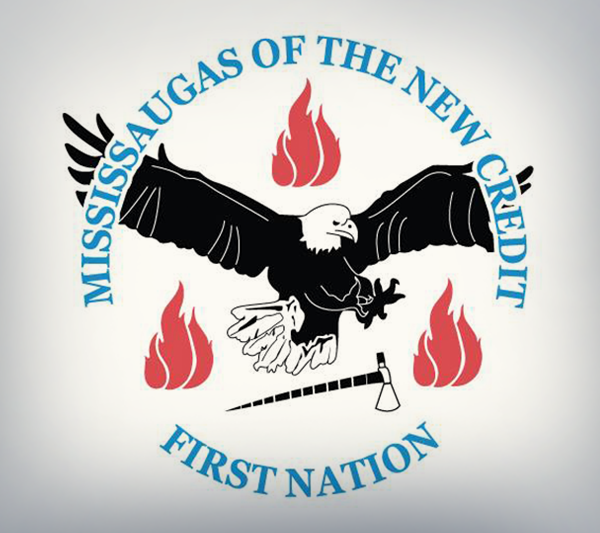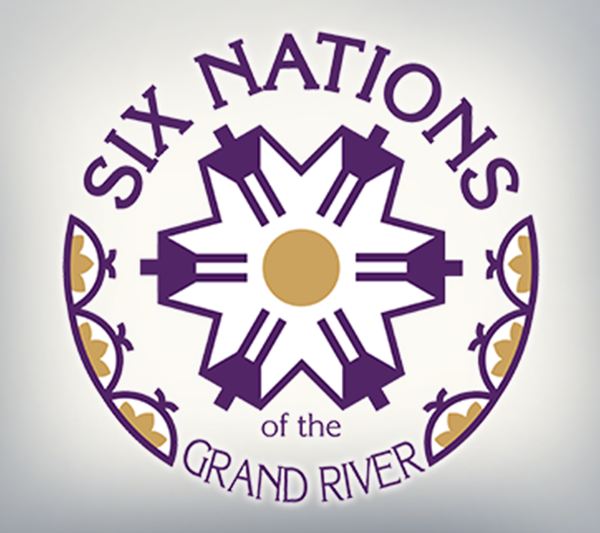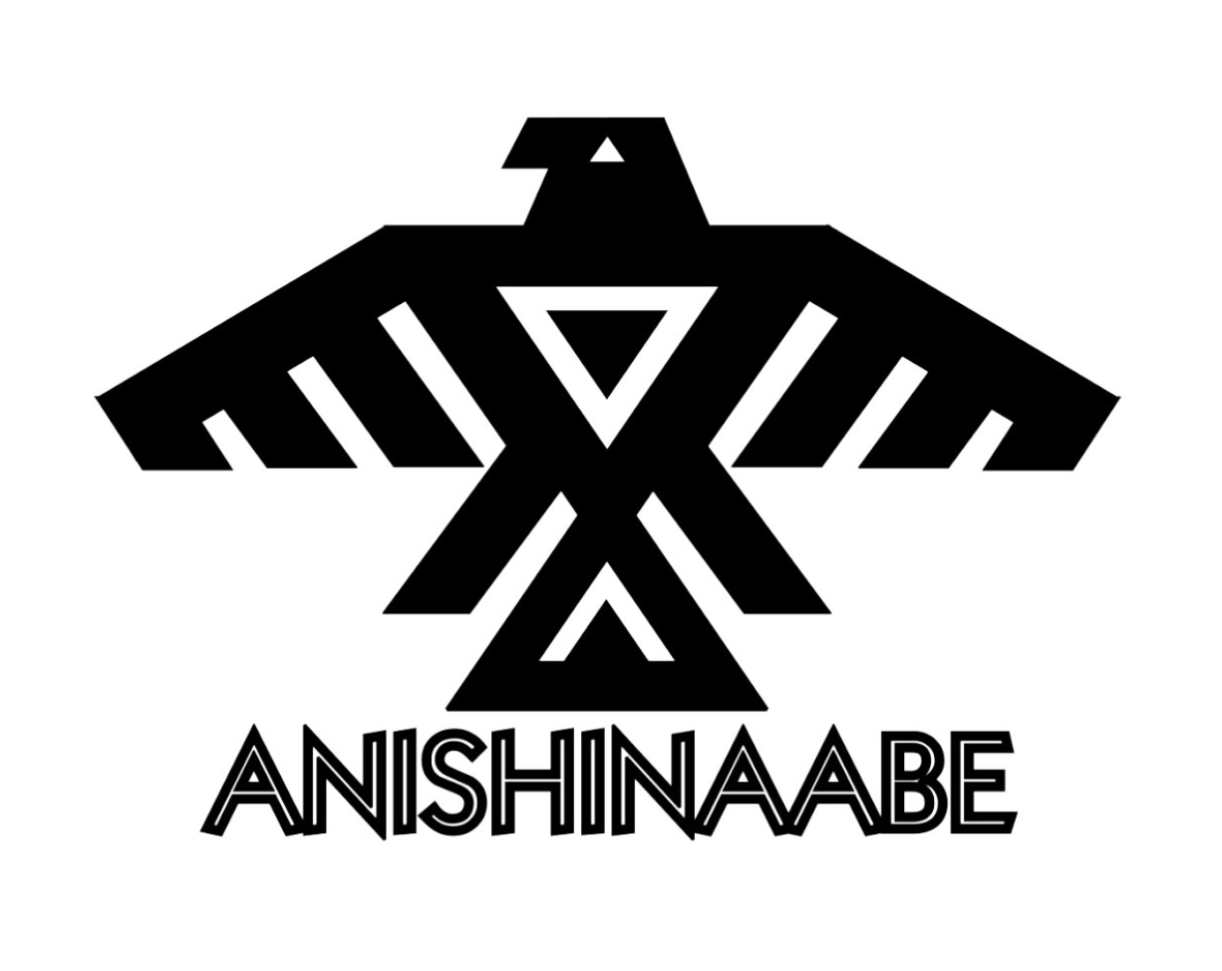
Mississaugas of the New Credit First Nation
The MNC First Nation has a registered population of 2,320 (2015) with 850 living on-reserve. It is currently in negotiations for a land claim regarding the 1805 Toronto Purchase involving 250,880 acres. This land runs south from Ashbridges Bay to Etobicoke Creek (including Toronto Islands) and north for 28 miles at either end. The first purchase by the Crown took place in 1787 but the deed was found to have nothing on it and the extent of the land remained undecided. The Crown tried to resolve the situation by entering into a second Toronto Purchase agreement with the MNC. However, the MNC say the boundaries of the 1805 transaction didn’t conform to what was verbally agreed to be the original boundary. The MNC say the Crown ended up taking more land in 1805 than it did with the 1787 transaction. A resolution settlement is what MNC is looking for in its negotiation of the land that would resolve the longstanding grievance and provide MNC with capital to invest in economic development.
Contact:

Six Nations of the Grand River
The Six Nations consist of Mohawk, Oneida, Cayuga, Seneca, Onondaga and Tuscarora. During the American Revolution, Captain Joseph Brant led many from the Iroquois Confederacy to ally with the British. They were deeded a tract of land along the Grand River for their loyalty to the Crown. Most of the land was then stripped away and they are now reduced to 46,000 acres (Six Nations Reserve #40).
Six Nations has the largest population in Canada with a total membership of 27, 276 (2017) with 12,271 living on reserve mostly within the village of Ohsweken. The main reserve is located 25 km southwest of Hamilton, between the cities of Brantford, Caledonia and Hagersville. The Six Nations reserve is the only reserve that has all of the Haudenosaunee Nations living together. The First Nation has several ongoing land claims.
Contact:
Six Nations elected council is located at 1695 Chiefswood Rd, Ohsweken, ON
519-445-2201

The Anishinaabe Nation
The Anishinaabe, also referred to as the Anishinabek Nation, can be traced back to the Confederacy of Three Fires, which existed long before European settlers arrived in Canada. The Ojibway, Odawa and Potawatomi nations formed the Confederacy of Three Fires, as each nation shared similar languages and territories and held meetings for military and political purposes. In 1949 the Anishinabek Nation established its Union of Ontario Indians (UOI) as its secretariat, because the Anishinabek nation did not legally exist and needed a legal entity to enter into any legally-binding agreements. The Anishinabek Nation now represents 39 First Nations throughout Ontario with a combined population of approximately 65,000 citizens. One third of Ontario’s population of First Nations.
Contact:
The following links provide information and profiles on the Indigenous communities throughout Canada.
